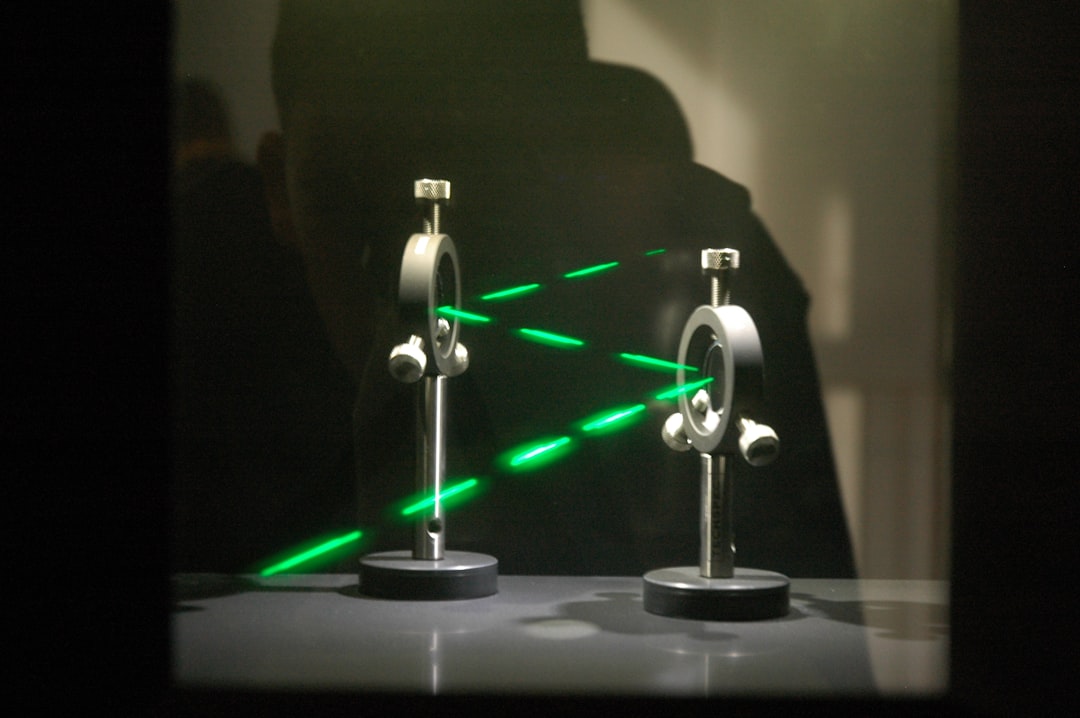What is it about?
Creation and validation of an alternative and simpler calculation model for the "Circadian Stimulus" metric, which describes the light effects on the circadian system.
Featured Image

Photo by David Barajas on Unsplash
Why is it important?
The metric "Circadian Stimulus" describes the influence of light on the human circadian system. For the calculation of the "circadian stimulus" from the light spectrum in the wavelength range (380 nm - 780 nm), the five eye photoreceptors (three cones, rods and intrinsically photosensitive retinal ganglion cells) and their interconnection in the brain are taken into account. Absolute spectral power of the light is required as a prerequisite for the calculation, which is recorded with a (mostly non-mobile) spectrometer. The presented calculation model simplifies the calculation of the "Circadian Stimulus" with known units in the irradiation and color coordinates z, which can be measured with a portable colorimeter. The model presented offers light practitioners an alternative for estimating and carrying out lighting planning with a focus on the human circadian system using simpler existing mobile measuring devices (colorimeters).
Perspectives
The presented model enables the user to calculate the metric "Circadian Stimulus" with a simple formula without complicated integrals and requires only standardized units of illuminance and color coordinate z as a prerequisite. With the simpler formula one accepts small deviations from the original metric, which are negligible for lighting design.
William Truong
Technische Universitat Darmstadt
Read the Original
This page is a summary of: Circadian stimulus – A computation model with photometric and colorimetric quantities, Lighting Research & Technology, November 2019, SAGE Publications,
DOI: 10.1177/1477153519887423.
You can read the full text:
Resources
Contributors
The following have contributed to this page










